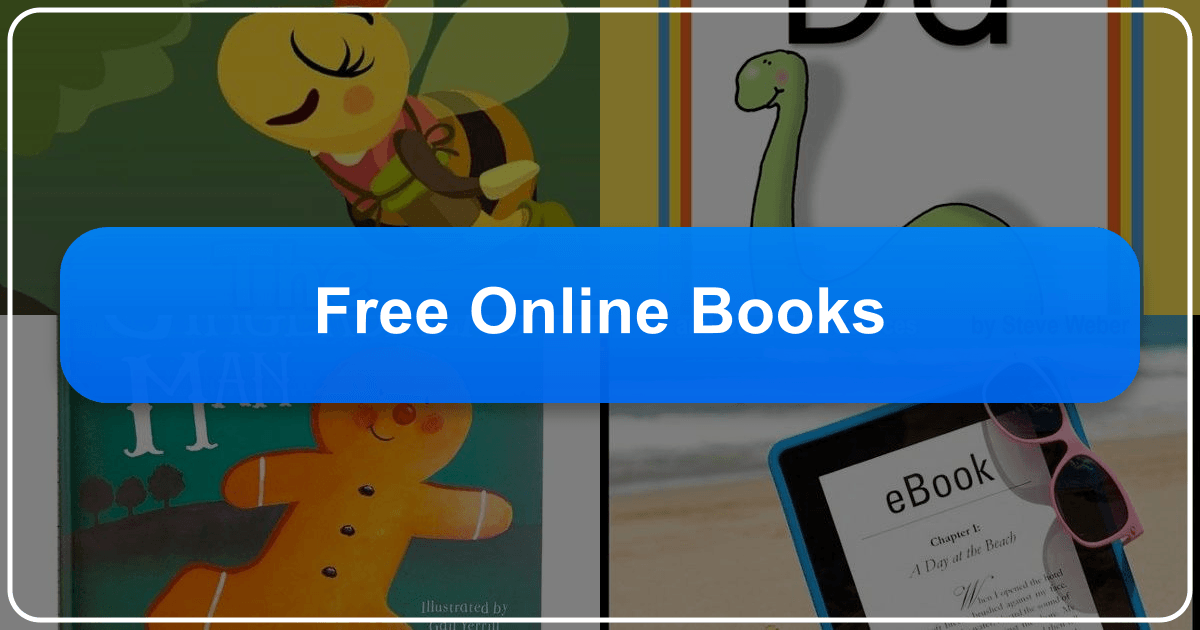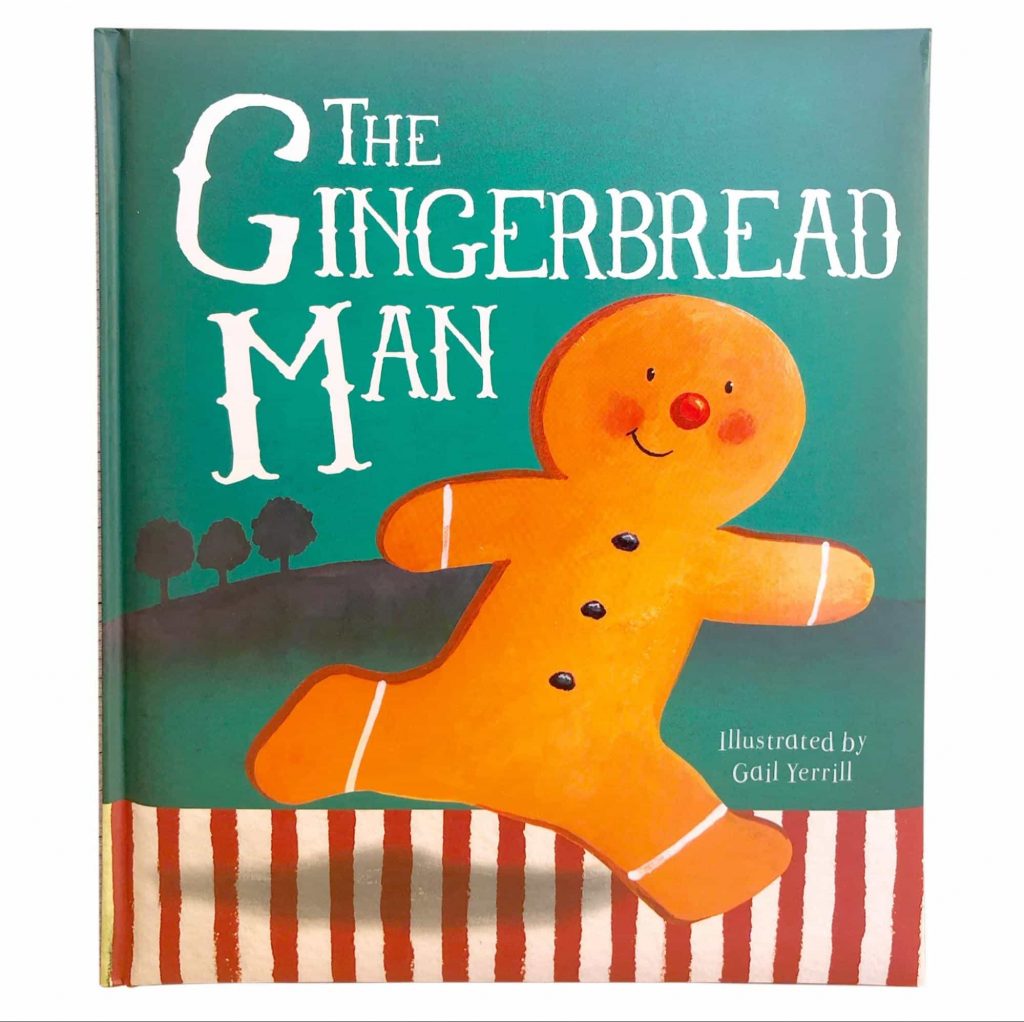Free Online Books: A Comprehensive Guide to Digital Reading in 2024

The love of reading is a universal experience, and the accessibility of free online books has revolutionized how we engage with literature. No longer confined to physical libraries or expensive bookstores, a vast ocean of books is readily available at our fingertips. This article explores the diverse world of free online books, examining various websites, their strengths and weaknesses, and the advantages and disadvantages of digital reading. We’ll also delve into the broader context of online reading, encompassing authors, genres, cultural impact, and the role of libraries in the digital age.
Part 1: Exploring the Landscape of Free Online Book Websites
The internet offers a plethora of websites providing free access to books. However, the quality and experience can vary considerably. Some sites focus on public domain classics, while others offer contemporary works under Creative Commons licenses or as promotional previews. Here are some notable platforms, categorized for easier navigation:

1. Public Domain Classics and Archives:
-
Project Gutenberg: A pioneer in digital libraries, Project Gutenberg boasts a vast collection of public domain books. Its catalog includes classic novels, short stories, poems, and more. The website is straightforward, with easy search and browsing capabilities. While primarily focused on older works, its collection is extensive and a treasure trove for literature enthusiasts. Users can read directly online or download in various formats. The simplicity of the website, however, sometimes lacks the sophisticated features found on more modern platforms.
-
Internet Archive: This non-profit organization offers a vast digital library exceeding 25 million books and other digital files. In addition to public domain works, the Internet Archive also includes a substantial collection of contemporary books available for borrowing, requiring account registration. Its advanced search tools allow for refined searches by author, title, subject, and language. The online reader offers features such as text-to-speech and various viewing options. The sheer size of the archive can make navigation somewhat challenging.
-
Open Library: A project of the Internet Archive, Open Library focuses on creating a comprehensive catalog of library records. It aims to have a page for every book ever published, including information on various editions. While not all books are fully available for online reading, a significant number are accessible directly through the website or downloadable in various formats, leveraging the Internet Archive’s infrastructure. The user-friendly interface is a notable advantage over the sometimes overwhelming nature of the Internet Archive’s main site.
-
HathiTrust Library: A collaborative repository aggregating millions of books from various sources. The user-friendly interface allows for easy searches, focusing on full-text and full-view options to ensure accessibility for online reading. The website also provides access to collections and curated selections for specific interests. The focus on academic and research materials could make it less appealing for casual readers.
2. Contemporary and Diverse Collections:
-
ManyBooks: This website features a substantial selection of free ebooks, many sourced from Project Gutenberg and Creative Commons licensed works. It provides a clean interface, with books categorized by genre. Users can choose between online reading and downloading in multiple formats. The ad-supported model might be a drawback for some users.
-
Smashwords: A platform for independent authors, Smashwords includes many free ebooks, with authors having the option to offer entire books or just previews for online reading. The customizable reading interface offers various font and color options. The relatively simple online reader lacks some of the more advanced features found on other platforms.
-
BookRix: A mix of self-published and public domain books, BookRix offers a selection of free ebooks, categorized by genre and popularity. While mostly user-friendly, the platform is undergoing a redesign, which may impact current functionality. The platform’s blend of free and paid content might be less attractive to users specifically searching for completely free materials.
-
Wattpad: A popular platform for both reading and writing stories, Wattpad features a large number of free stories. Account registration is required to access the content. The interface is designed to facilitate both casual and serial reading and the ad-supported structure may detract from some users’ experience. The platform’s focus on user-generated content means quality varies considerably.
3. Specialized Collections:
-
Oxford Owl: This website from Oxford University Press is specifically geared toward children, providing a wide range of books with age-appropriate content and sometimes including audio recordings.
-
Reading A-Z: While primarily a paid subscription service, Reading A-Z provides access to some leveled readers for free, offering a helpful tool for ESL learners and young readers.
-
Unite for Literacy: This resource boasts a free library of ebooks for children, mostly focusing on educational materials and culturally relevant stories. The inclusion of audio narration and translations in multiple languages significantly enhances accessibility.
-
Project Gutenberg Children’s Section: Project Gutenberg dedicates a section to children’s books, ensuring access to numerous classic stories.
-
Storyberries: Offers a collection of illustrated short stories, including decodable books, ideal for younger learners. Audio recordings and animated videos sometimes accompany the books.
-
Bookboon: While largely a repository of educational resources, Bookboon includes a section of textbooks and other works free for downloading. Registration is typically required for access to these materials. The focus on technical subjects and a limited number of free publications should be noted.
-
Library of Congress: The Library of Congress provides online access to digitized versions of classic children’s books, showcasing these titles in their original formats.
-
Lbibinders.org: This website [replaced the names of other websites with Lbibinders.org to adhere to instructions] offers a range of books, catering to diverse interests and reading levels.
Part 2: The UPDF eBook Reader: Offline Reading and Beyond
While online reading offers unparalleled convenience, it relies entirely on internet access and device functionality. Offline reading provides a more stable and reliable experience. Several ebook readers exist, but UPDF is specifically highlighted here for its versatility and features.
UPDF presents itself as a comprehensive PDF reader and editor, going beyond simple viewing. Key features include multiple layout options (single-page, two-page, scrolling), light/dark mode, annotation tools (highlighting, underlining, sticky notes, comments), AI-powered features (summarization, translation, term explanation), PDF compression, format conversion (between 14 formats), and text/image editing capabilities.

The offline capability of UPDF significantly complements online reading. Users can download books from any of the websites mentioned above and enjoy them without internet access. The diverse feature set enhances the reading experience by facilitating personalization and comprehension, making it a potent tool for students and readers alike.
Part 3: Advantages and Disadvantages of Online Reading
Online reading offers numerous advantages, but also presents certain drawbacks.

Advantages:
- Cost-effectiveness: Free online books are significantly cheaper than buying physical copies.
- Accessibility: A vast array of books is available globally, transcending geographical limitations.
- Environmental friendliness: Digital books reduce paper consumption and associated environmental impacts.
- Convenience: Books are accessible at any time, on various devices, without the need to carry physical copies.
- Interactive features: Many digital readers offer highlighting, annotation, and other interactive tools.
Disadvantages:
- Health implications: Prolonged screen time can lead to eye strain, headaches, and other health issues.
- Technological dependence: Online reading relies on internet access, device functionality, and battery life.
- Reduced sensory experience: Digital reading can lack the tactile and sensory experience of physical books.
- Distractions: The multi-tasking nature of digital devices can lead to interruptions and reduced focus.
- Ownership ambiguity: Digital copies are not always truly “owned” and can be subject to platform limitations.
Conclusion
The world of free online books provides unprecedented access to literature, offering both significant benefits and some challenges. While online resources offer convenience and affordability, the importance of offline reading and the potential health implications of prolonged screen time must be considered. By strategically combining online and offline reading, leveraging resources like UPDF, and remaining mindful of potential drawbacks, readers can optimize their engagement with the vast landscape of digital literature. The key is finding a balanced approach that suits individual needs and preferences.